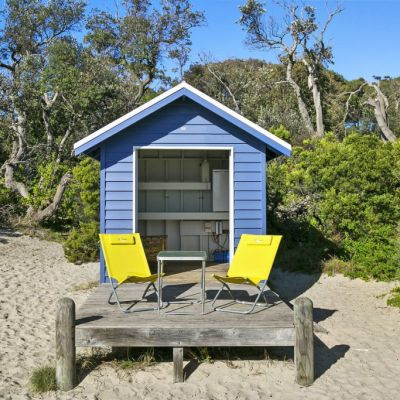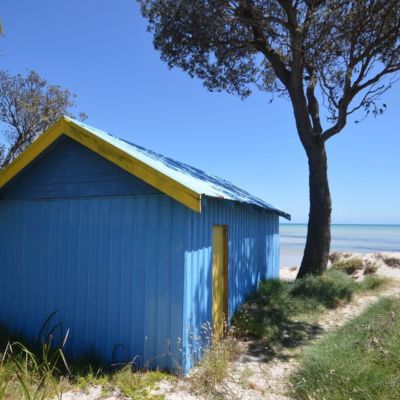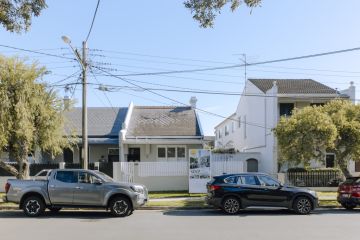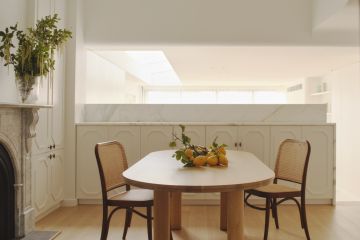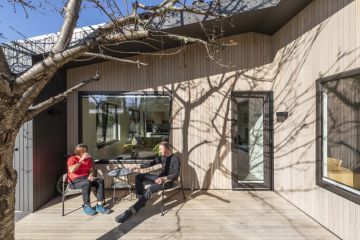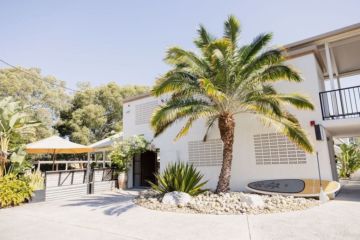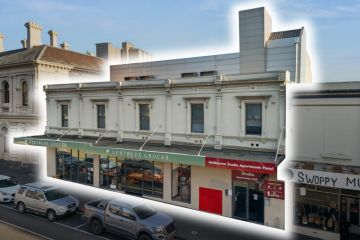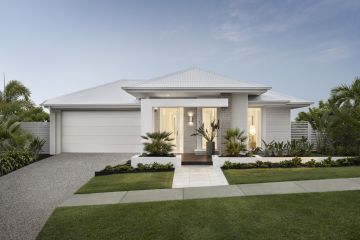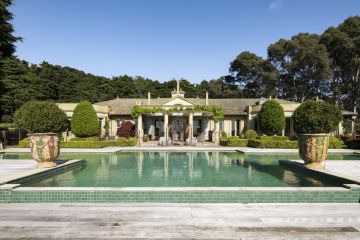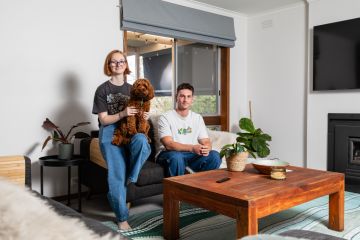Brighton beach boxes: Who owns them and what do they cost?
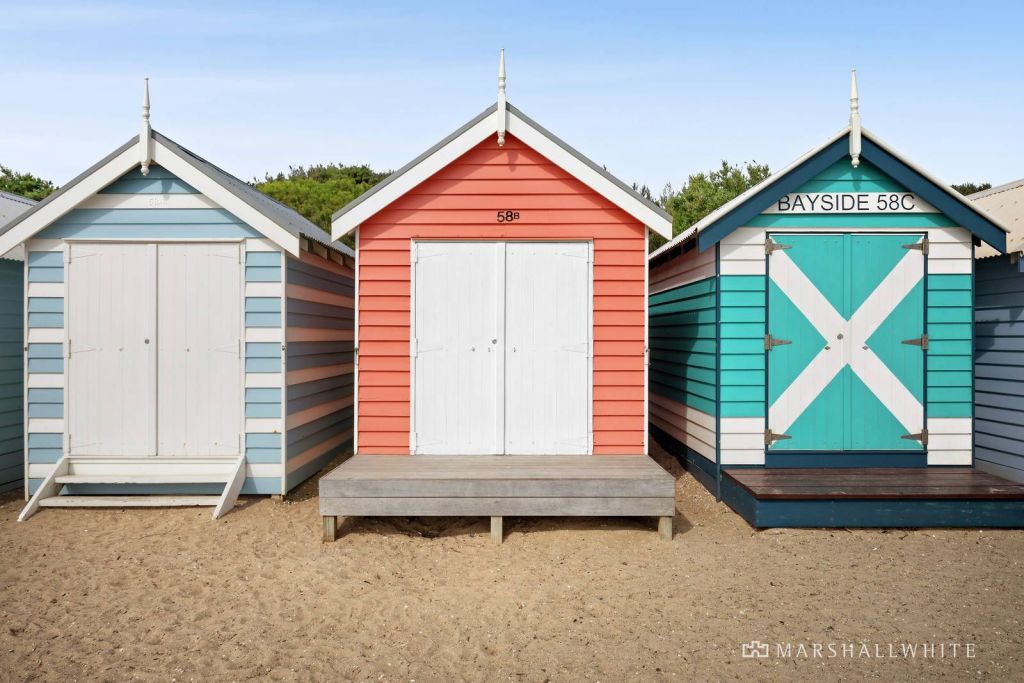
The Brighton beach boxes – a row of bright, colourful boxes along the foreshore – are an iconic Melbourne attraction, dotted along the coast of Port Phillip Bay.
Their uniform design and structure – classic Victorian architectural features with weatherboards and corrugated iron roofs – provide a postcard-worthy backdrop, cherished for generations and protected under heritage overlay.
When were the Brighton beach boxes built?
Bathing boxes in the Bayside area date back to the 1860s and were first found at the end of Bay Street and between Park and Wellington Streets. In 1934, the bathing boxes were either removed or relocated to Dendy Street Beach.
How many Brighton Bathing Boxes are there?
According to the Brighton Bathing Box Association, the number of beach boxes peaked around 1910 – reaching triple digits – but fell following the Great Depression and a series of unfortunate weather and storm events.
At one point, numbers dwindled to 82; however, the Bayside City Council built and sold 14 new boxes, bringing the current total to 96.
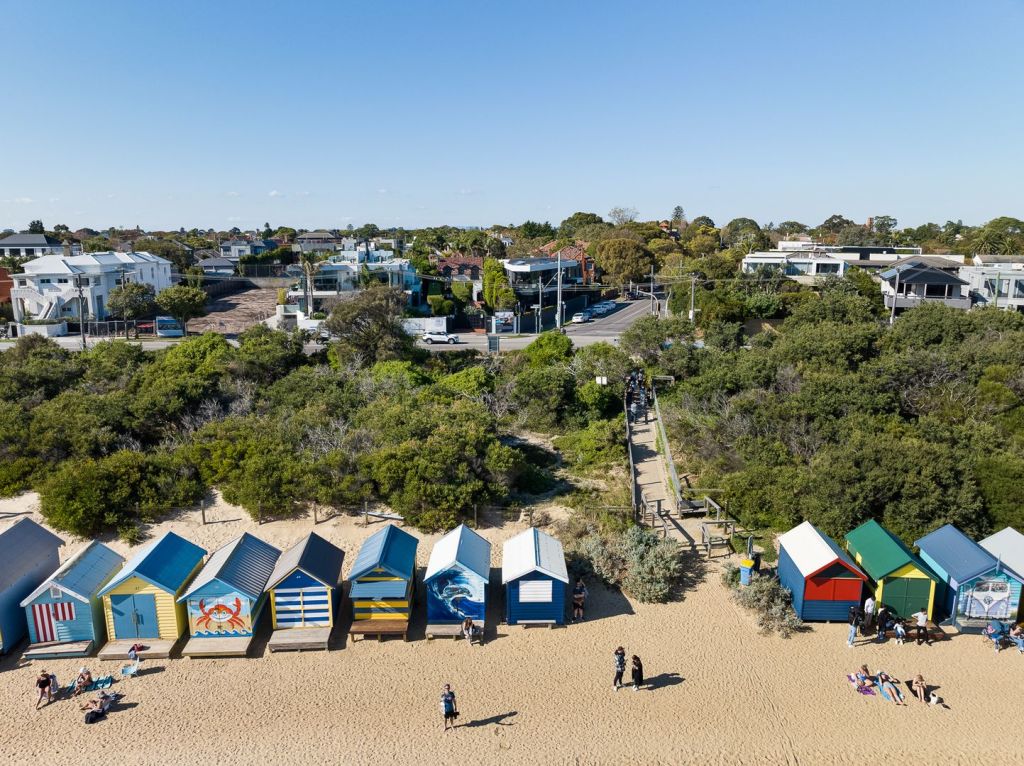
What are the Brighton beach boxes used for?
The bathing boxes were initially built to preserve the modesty and privacy of women changing into swimwear at the beach.
In the modern era, they are mainly used to securely store beach equipment and accessories, tables, chairs and toys. But they also become a place for family and friends to congregate.
Brighton real estate Nick Johnstone bought a beach box about 10 years ago and says it’s an asset enjoyed by his family and neighbourhood.
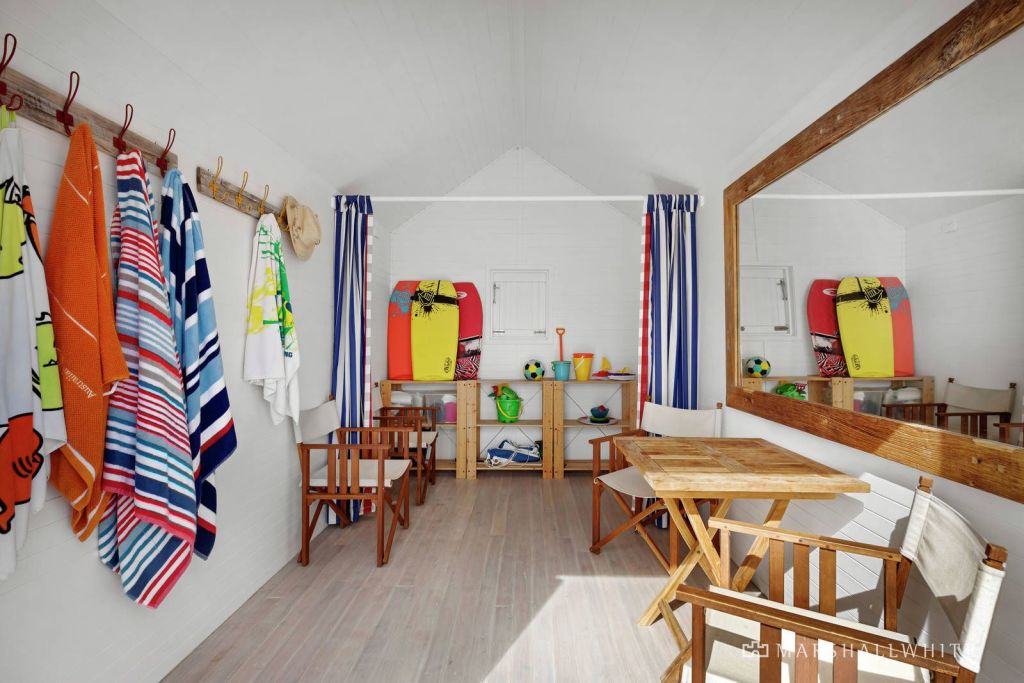
“I’ve had a 50th birthday party there,” Johnstone says. “I’ve hosted staff events and had a couple of great parties. We have a little barbie and can take an esky down there. My kids go down with their friends. We’ve got a couple of stand up paddle boards in there.”
While the size of the boxes can vary to small degrees, they typically measure 2.4 metres long by 2 metres wide, smaller than a standard car park.
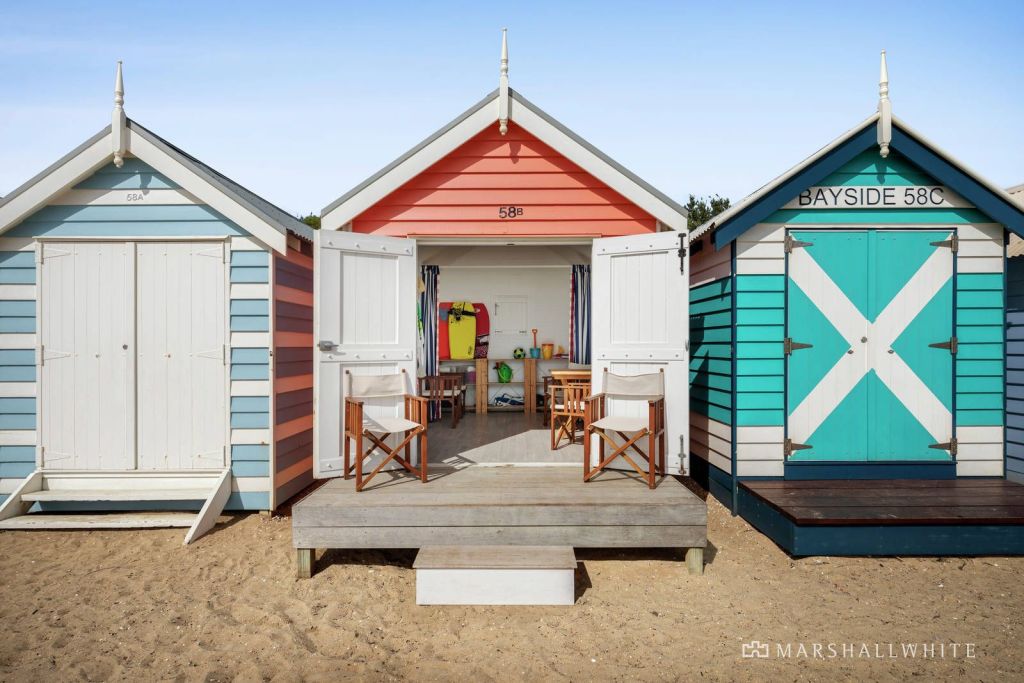
Who owns the Brighton beach boxes?
It’s often the case that bathing boxes are passed down through generations of families. Occasionally, they will go up for auction, with previous buyers known to bid barefoot from the comfort of a deck chair on the sand.
Brighton’s bathing boxes can only be purchased by local Bayside residents, who buy a lease in perpetuity rather than a title and have to pay rates of about $1,000 a year.
How much are the Brighton Bathing Boxes worth?
The price of a beach box has increased seven-fold since the turn of the century.
Their value has rarely dipped in price over the years. Back in 2000, one bathing box sold for $58,000. By 2008, the same box sold for $200,000.
The postcard-worthy shacks have recently sold for around $400,000 each. Brighton insiders say one beach box transacted for a whopping $450,000 in late 2023.
Considering their tiny footprint, the Brighton bathing boxes represent some of Victoria’s most expensive real estate.
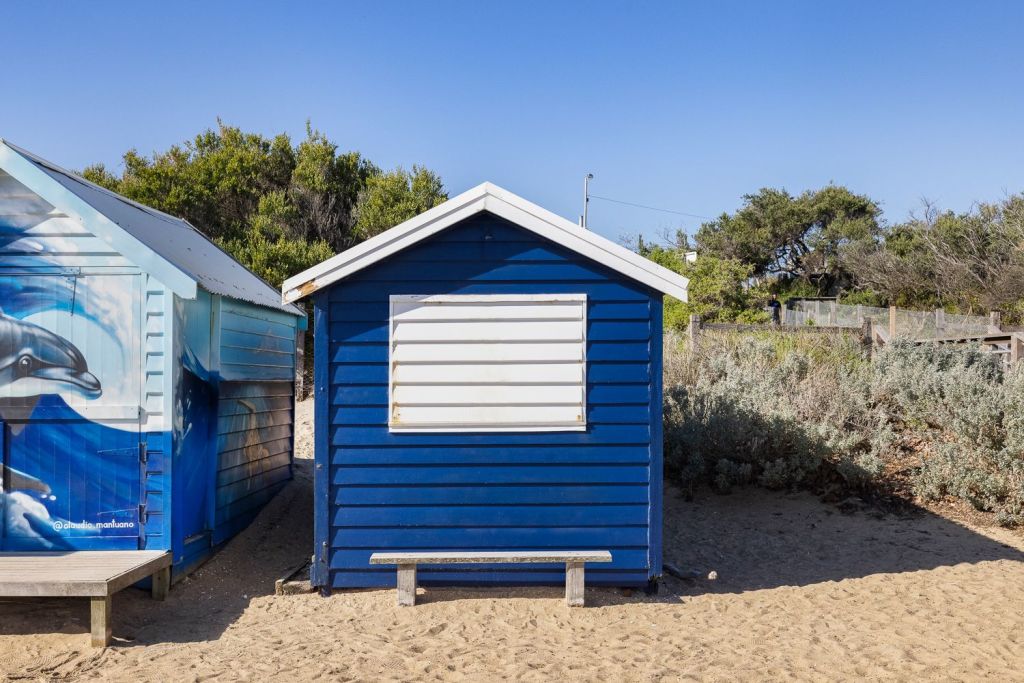
Are the Brighton beach boxes a good investment?
Beach boxes are marketed as a “lifestyle investment” and a chance to own a piece of Melbourne’s history. While the primary reason driving buyers is almost certainly not investment returns, agents say they have proven to be a savvy purchase because of their capital growth.
“I think they’re still really good value. Further south in Sorrento and Portsea, they’re paying $900,000 to $1 million,” says Johnstone.
Johnstone says it’s conceivable to think their prices could double in the next few years.
“I could be wrong, but I think they’re a fantastic investment. I would get a call once a week from someone who wants to buy a beach box,” he says.
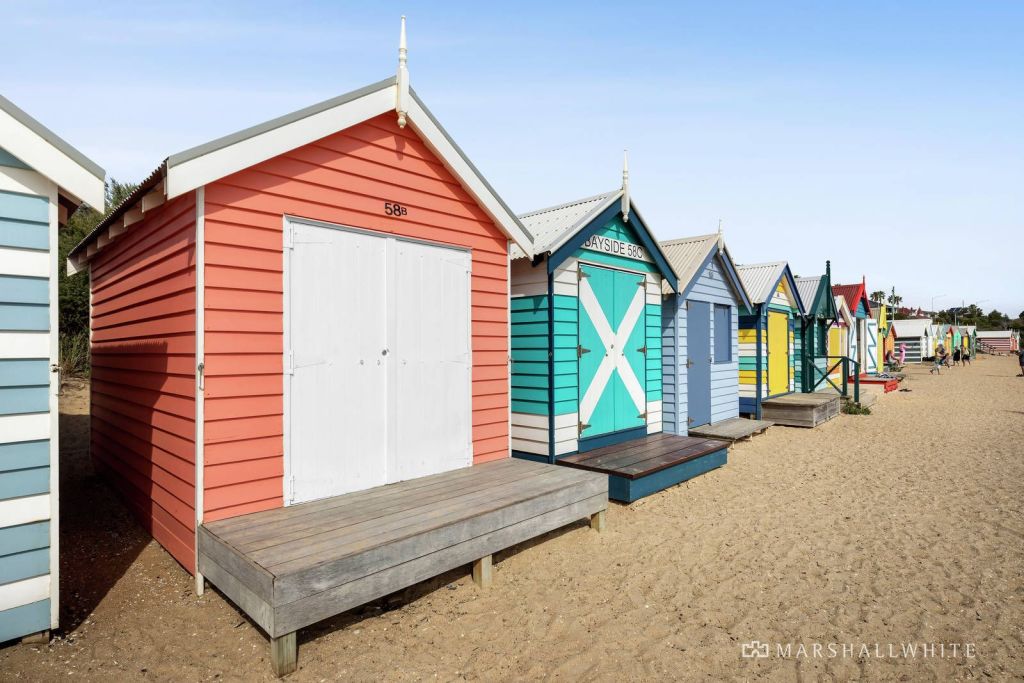
Why do the Brighton beach boxes cost so much?
Scott O’Neill, founder and CEO of Rethink Investing, sees the Brighton beach boxes as a classic case of demand outstripping supply.
“Particularly in this part of Melbourne, the location attracts numerous high-net-worth (HNW) investors and individuals seeking these assets for lifestyle purposes,” says O’Neill.
“This trend is similar to car parks in Bondi, where parking spaces near the beach are popular for both convenience and investment potential.”
In January 2024, a parking space in Bondi Beach on Notts Avenue sold for $304,700. More recently, a parking spot on the same street was listed for $1 million.
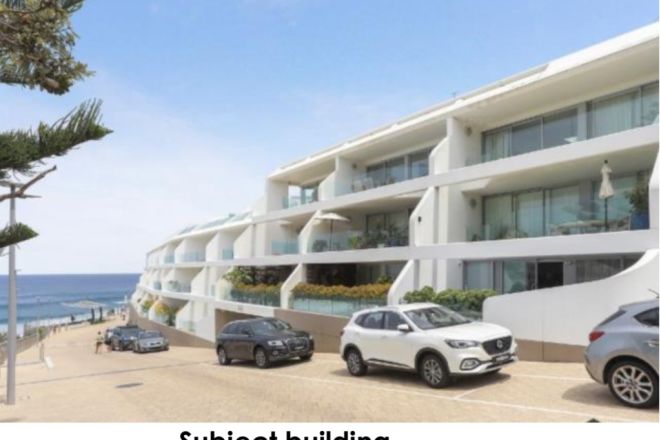
O’Neill says that assets like this demonstrate the growing demand and scarcity of accessibility in sought-after areas.
“The Brighton beach box sales underscore the immense value associated with prime locations, even for properties that cannot be lived in or operated as businesses.
Prices in these cases are perpetually driven by limited supply and high demand,” says O’Neill.
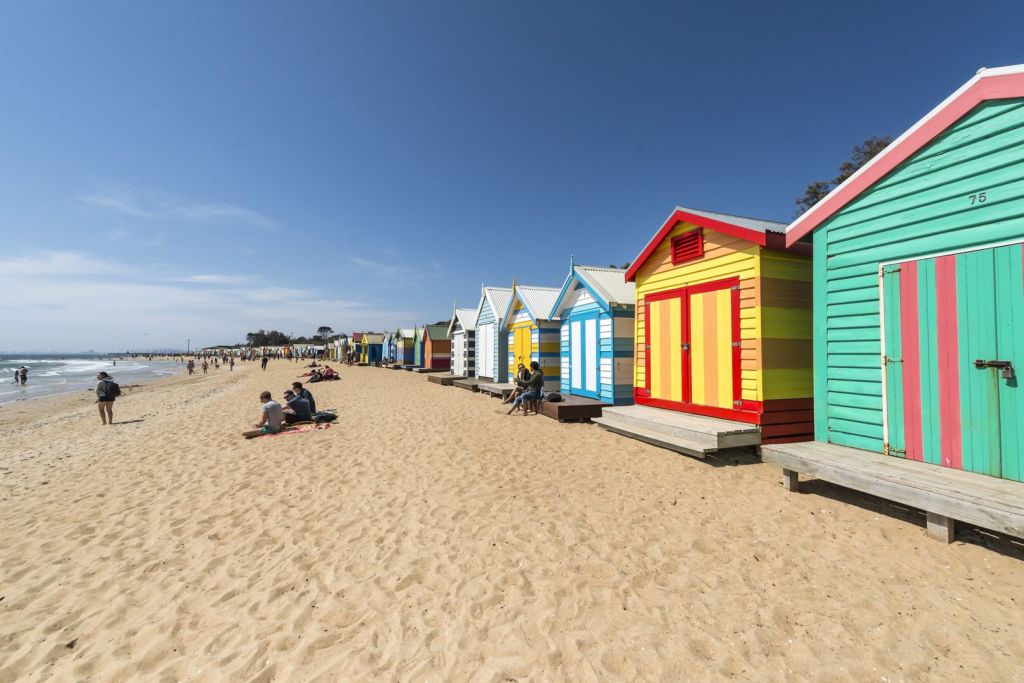
How to get to the Brighton beach boxes from Melbourne’s CBD
The Brighton beach boxes are located on Dendy Street Beach. Head to the Esplanade in Brighton, 13 kilometres south of the Melbourne CBD. The beach can be accessed via road, train and sea.
- If travelling by train, take the Sandringham line to Brighton Beach Railway Station and walk about 500 metres.
- From Melbourne’s CBD, the 216 or 219 buses will also stop at Brighton Beach.
- There are metered car parks near the bathing boxes for those driving.
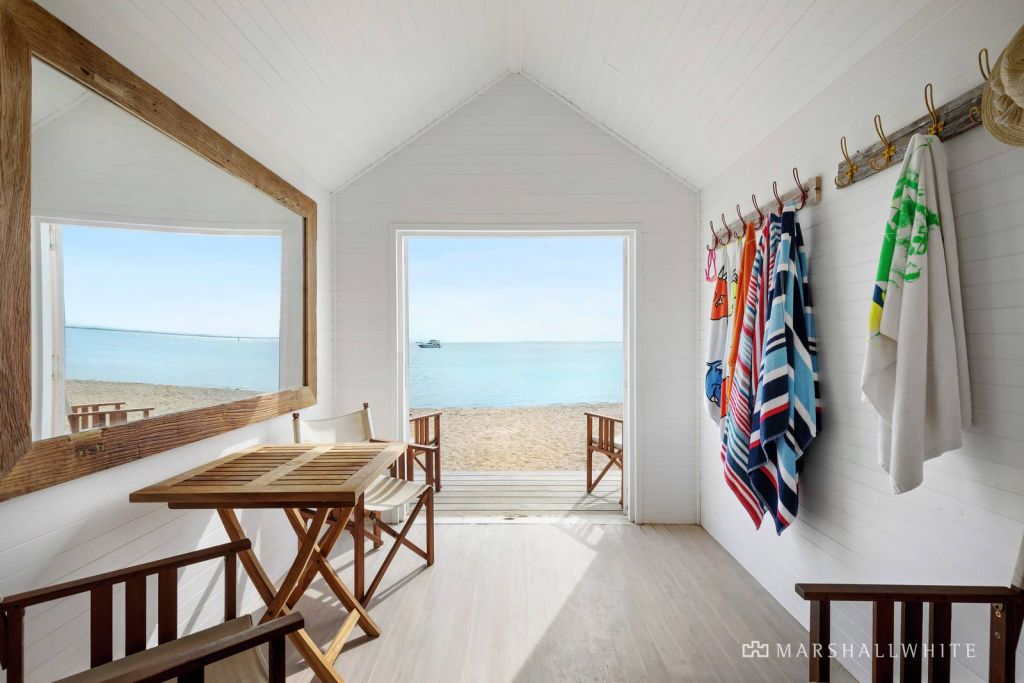
Brighton beach box FAQs
What happened to the Brighton Bathing Boxes?
In 1975, the Brighton beach boxes were almost phased out due to vandalism and storm damage. More recently, there have been community concerns about sand erosion and severe weather events. In the past, some boxes have been damaged or partially washed away in high tides and rough seas. The local council has imported sand to the beach to prevent erosion.
How often are Brighton beach boxes for sale?
Traditionally, Brighton’s bathing boxes are very tightly held. Usually only one or two hit the market each year, however the council’s decision to build and sell off a string of new boxes last decade boosted recent sales.
Will more Brighton beach boxes be built?
No more Brighton Bathing Boxes will be built according to Bayside City Council.
Can you rent the Brighton beach boxes?
Under the licence conditions of the Bayside City Council, owners are not allowed to rent out the bathing boxes. The licence conditions imposed on bathing box owners also prohibit sleeping or residing in the beachside shacks.
Do beach boxes have electricity?
There is no electricity or running water in the bathing boxes. There are also strict decoration guidelines in place.
We recommend
We thought you might like
States
Capital Cities
Capital Cities - Rentals
Popular Areas
Allhomes
More

